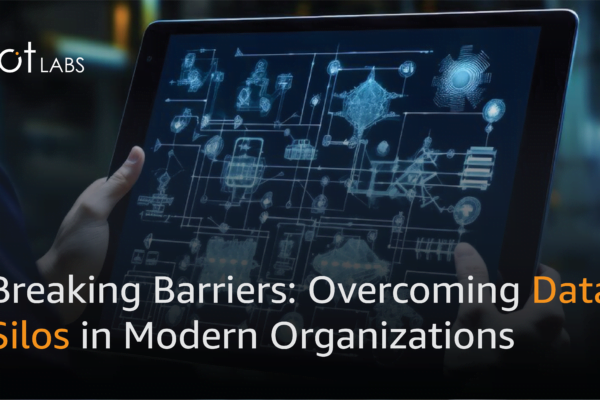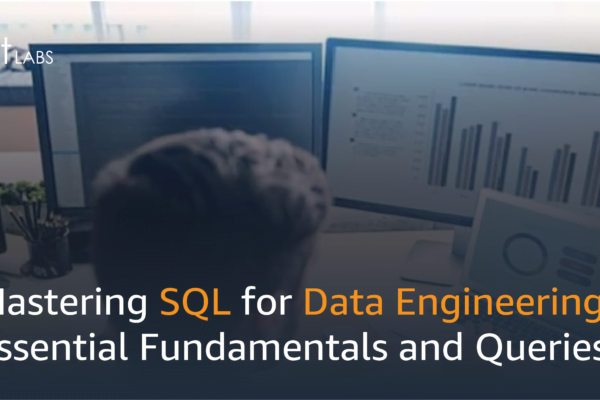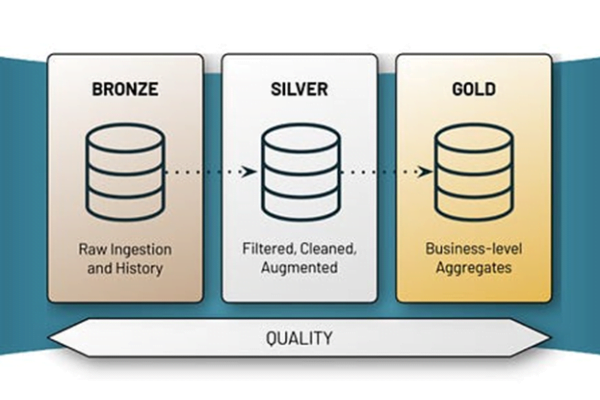
Breaking Barriers: Overcoming Data Silos in Modern Organizations
Data silos in IT refer to isolated data access within organizations, hindering collaboration and efficiency. Common in mid-market businesses, these silos result from organizational structure, legacy systems, rapid growth, and cultural barriers. Overcoming them requires integrated technology solutions like data integration platforms, middleware, and cloud services.









